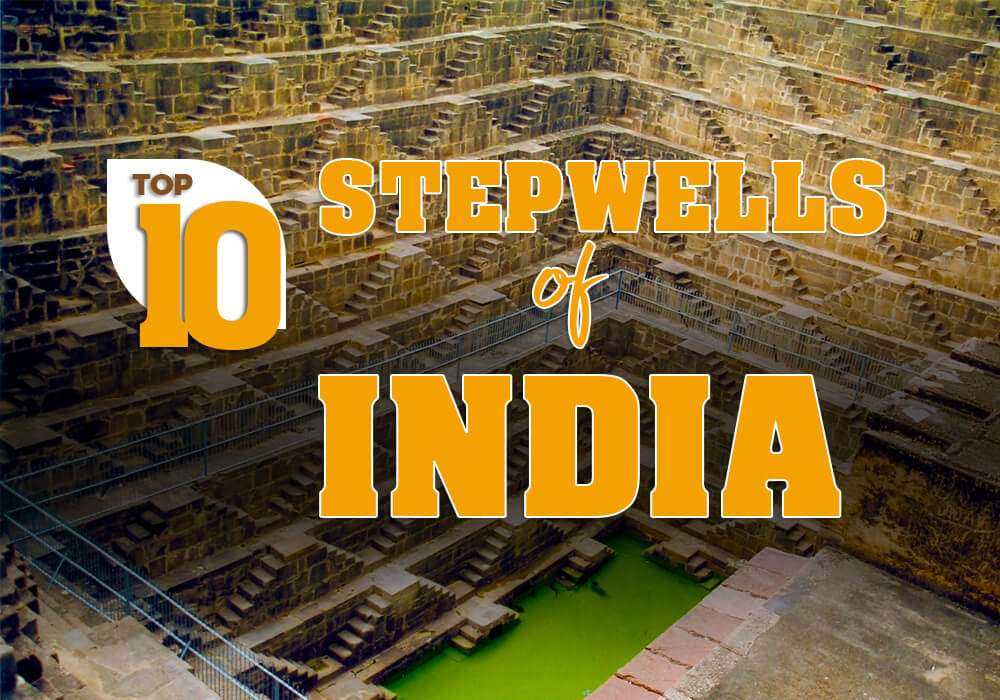
Last Updated At: 19-Dec-2022
Have You Heard Of These Spellbinding Stepwells In India?
Stepwells are an ancient engineering marvel and remarkable architectural treasures constructed to handle the seasonal fluctuation of water. Also known as boalis, vav, and baoris, these stepwells are visually spectacular and speak volumes about the architectural prowess of our forefathers. These step wells were built in such a way that they not only proved to be a good source of water but also a symbol of the architectural brilliance of those times. The intricate carvings, fascinating designs, and architectural precision made these stepwells an important attraction.
Most Popular Stepwells in India
- Dada Harir Stepwell, Ahmedabad
- Rajon Ki Baoli, New Delhi
- Panna Meena Ka Kund, Jaipur
- Baoli Ghaus Ali Shah, Haryana
- ToorJi Ka Jhalra, Rajasthan
- Agrasen Ki Baoli, New Delhi
- Adalaj ni Vav, Gandhinagar
- Surya Kund, Gujarat
- Mata Bhavani ni Vav, Gujarat
- Chand Baori, Rajasthan
One attribute that unifies the architecture of these stepwells, which have a central well, is their meticulously designed, symmetrical steps with a repeated geometrical pattern. The aristocracy acquired these sophisticated yet stunning marvels of ingenuity. So, get ready, as we are here to share a curated list of these breathtakingly beautiful stepwells in India and discuss their unique features.
1. Dada Harir Stepwell
This ornate stepwell was constructed using sandstone in the Solanki architectural style. The stepwell has five beautiful stories and equally remarkable architectural designs in its carved stone columns. At the top of this stepwell, overflow channels are visible, serving as a reminder of a period when the water table was considerably higher than it is today. This stepwell is known as Bai Harir Vav and is renowned as one of the city's most tranquil spots.
- Location. Ahmedabad
- Best time to visit. November to February
2. Rajon Ki Baoli
Built during the reign of Sikandar Lodhi, this mediaeval edifice may be seen in Mehrauli. For history aficionados, this archaeological masterpiece's workmanship is a true treasure. It is notable for being a remnant of the Lodhis, the ultimate pre-Mughal monarchy. During the reign of Sikandar Lodhi, Daulat Khan constructed this Boali. You can even explore wonderful verandahs at each step that descends to the stepwell's base. It's great to experience the cool ambience while stepping down.
- Location. New Delhi
- Best time to visit. October to March
3. Panna Meena Ka Kund
This masterpiece of Amer flaunts its unique architectural style. It has been harvested during the rainy season and is constructed with the most symmetrical style of staircases. The stones in the depth of this stepwell are wonderfully constructed in an octagonal form. The eight-story staircase layout is absolutely a feast to the eyes! Furthermore, this spot is the most admired among tourists for its panoramic views of the Amer fort.
- Location. Jaipur
- Best time to visit. July- September
4. Baoli Ghaus Ali Shah
Ghaus Ali Shah fashioned this wonderful baoli or stepwell in the guise of a Turkish Hammam. The water tank is flanked by a finely carved verandah, with relaxing chambers on the upper floor. It was designed to fulfil two key purposes: to act as an eternal water structure and to provide a vantage point for monitoring the surroundings. The aura of a Roman amphitheatre can be experienced here.
- Location. Haryana
- Best time to visit. November to February
Also Read - Best Weekend Getaways Near Indian Metro Cities
5. ToorJi Ka Jhalra
This artistically carved stepwell in Jodhpur was constructed in prehistoric times using the city's signature rose-red sandstone. There are amazing sculptures of mediaeval lions and cows, lovely dancing elephants, and niches housing the deities worshipped at the time. This antique gem may be seen in the old city plaza next to the magnificent RAAS Mahal.
- Location. Rajasthan
- Best time to visit. November to February
6. Agrasen Ki Baoli
This enigmatic stepwell, also renowned as the most spooky spot in Delhi, is concealed among the streets of Connaught Place. Ugrasen ki Baodi is another name for this heritage structure, with its history spanning back to the 14th century when King Agrasen lived during the Mahabharata period. Another interesting characteristic of this stepwell is that it has three storeys and 108 steps leading down to the well. According to the tales, the dark water found at the bottom of this well is intended to hypnotise individuals and tempt them to commit suicide.
- Location. New Delhi
- Best time to visit.October to March
Click Here For Hotel Bookings
7. Adalaj ni Vav
This remarkable stepwell has some excellent carvings on the pillars that hold the five-story towers that attract many tourists. This fantastic octagonal stepwell, established by Mahmud Begada in 1411, is believed to have three entrances, as well as Ami Khumbor, a pot that holds water of life, and Kalpa Vriksha, a tree of life both said to be chiselled out of a single stone. This stepwell never fails to enchant tourists with its enthralling craftsmanship and an eternal narrative of magnificence.
- Location. Gandhinagar
- Best time to visit. October to February
8. Surya Kund
This 100 sq metre stepwell in Gujarat, placed right in front of the Sun Temple, is renowned for its pure water storage. Before entering the temple, devotees halted here to perform several ritual acts in light of purification. More than 108 temples mark the steps of this heavenly tank, whose entrance approaches from the west. This rectangular stepwell is notable for having a 'Torana,' which is an archway eventually leading to the Sun temple's majestic Sabha Mandap.
- Location. Gujarat
- Best time to visit. November to February
Also Read - Best Places To Visit In Gujarat To Explore
9. Mata Bhavani ni Vav
Mata Bhavani ni Vav, nestled in the Asarva neighbourhood of Ahmedabad, is a renowned venue for honouring the beloved Mata Bhavani. With its basic construction, this gaudy stepwell holds a significant place in the history of Hindu influence. This is the most well-known tourist attraction in Ahmedabad, addressing both the pragmatic and religious needs of the inhabitants. Visitors approaching from the east might notice a finely-carved circular shaft and a set of stairs lowering to the bottom of the well.
- Location. Gujarat
- Best time to visit. November to February
10. Chand Baori
The largest and oldest stepwell in India, with 3500 flawlessly symmetrical steps, is known for its exquisite craftsmanship. The dance of lights descending on the steps and forming magnificent patterns is this architecture's most appealing feature and what truly makes it a masterpiece. This ancient marvel is often considered India's deepest well, where the depths are consistently 5–6 degrees colder than the surface. Another highlighting feature is the pavilion that is constructed on one side of the well and the massive resting chambers for all the royals.
- Location. Rajasthan
- Best time to visit. October to March
Click Here To Book Flight Tickets Online
If you are planning to visit and explore the striking beauty of these marvels, then contact Adotrip for a fun-filled experience! We provide 24/7 customer support and a user-friendly interface for a hassle-free travel experience.
Frequently Asked Questions Related To Famous Stepwells In India
Q1. How many stepwells are in India?
A1. There are around 2000 living stepwells in India, according to the reports. Many of these stepwells are known for their intricate carving and architectural brilliance.
Q2. Which city is called the city of stepwells?
A2. Bundi, Rajasthan, is famous as the city of stepwells. The cities were majorly dotted as drought-prone cities. Therefore, the royal families decided to bless it with amazing stepwells in times of need.
Q3. Which is the largest stepwell in India?
A3. Chand Baori is the largest stepwell in India. Made precisely with 3500 steps, you will truly appreciate its flawless craftsmanship.
Q4. Which is the oldest stepwell in India?
A4. Chand Baori is the oldest stepwell in India built by King Chanda of Nikhumba Dynasty in 9th century AD.
Q5. Which is the famous stepwell in India?
A5. Here are famous baolis in india
- Dada Harir Stepwell, Ahmedabad
- Rajon Ki Baoli, New Delhi
- Panna Meena Ka Kund, Jaipur
- Baoli Ghaus Ali Shah, Haryana
- ToorJi Ka Jhalra, Rajasthan
- Agrasen Ki Baoli, New Delhi
- Adalaj ni Vav, Gandhinagar
- Surya Kund, Gujarat
- Mata Bhavani ni Vav, Gujarat
- Chand Baori, Rajasthan
--- Published By Nancy Verma
Latest Blogs

Cash in the Wild: My Safari Adventure Across Kenya with Only...

One Day Picnic Spot Near Pune - Adventure, Trekking and Natu...

One Day Picnic Spots Near Mumbai - Monsoon, Adventure, Beach...

The Best Places to Go in Thailand in 2025
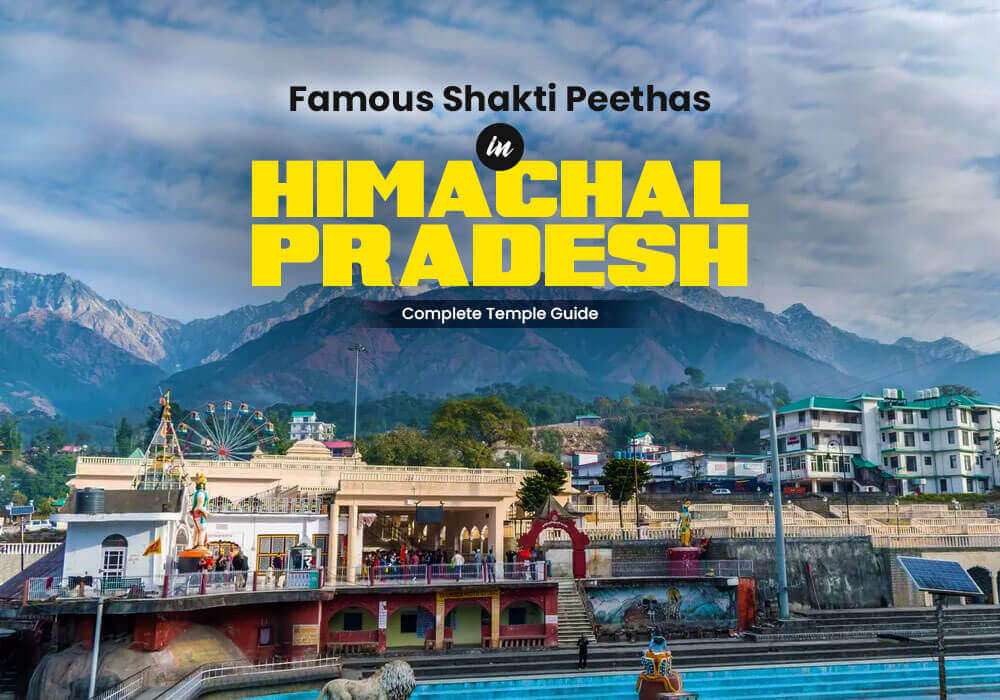

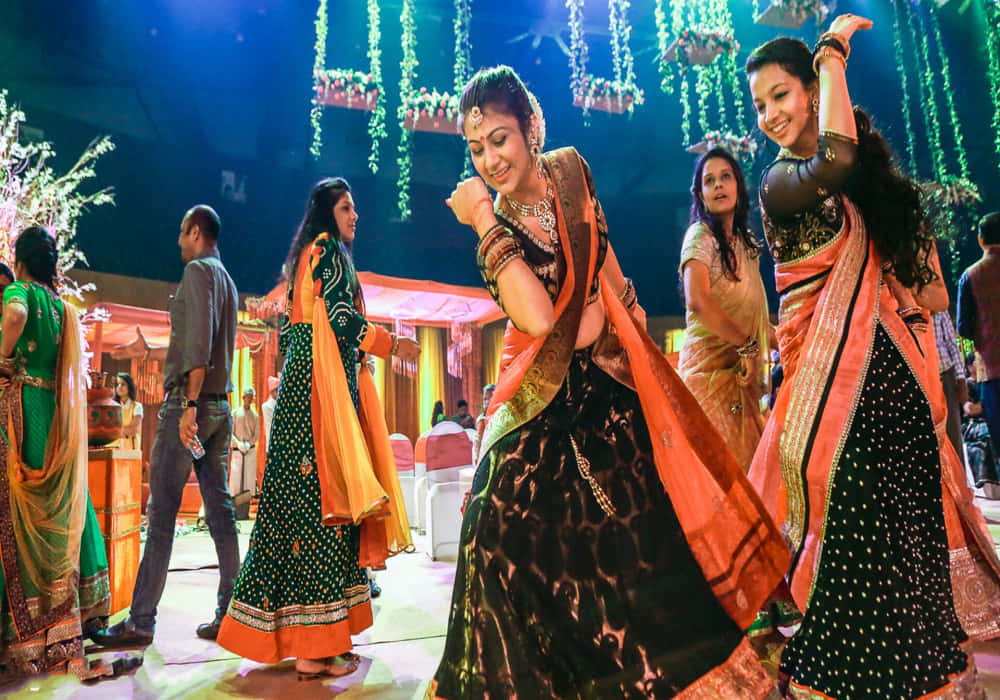

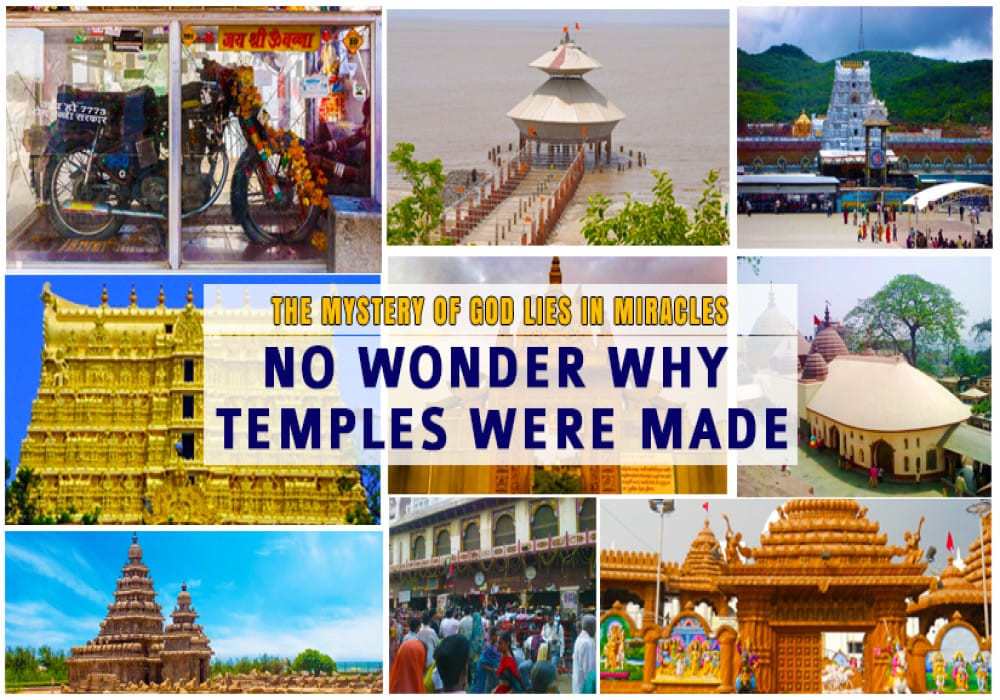




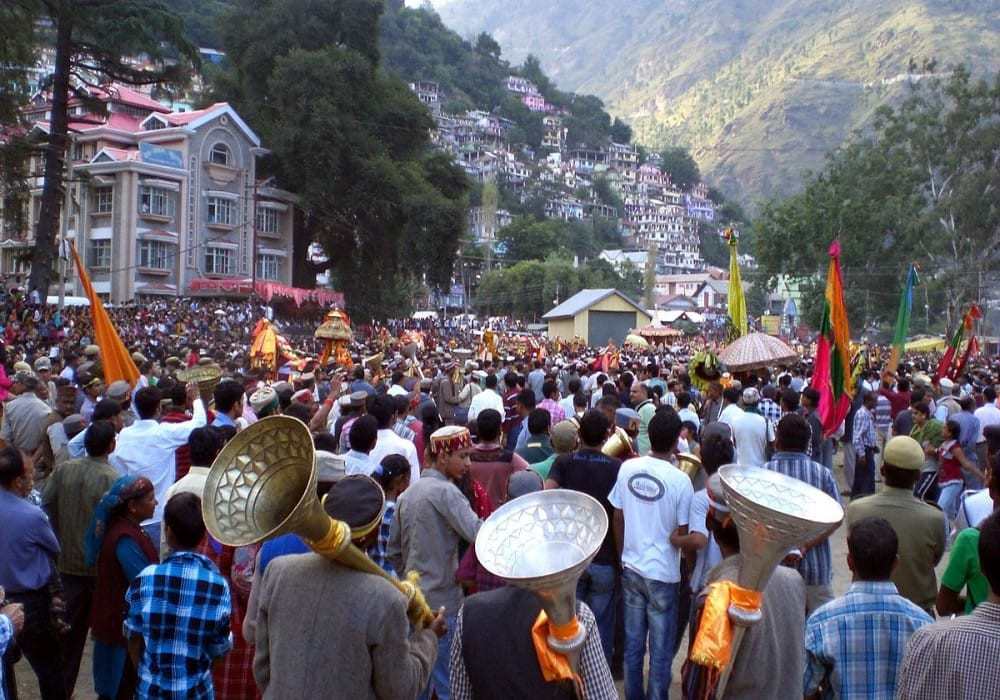



.jpg)
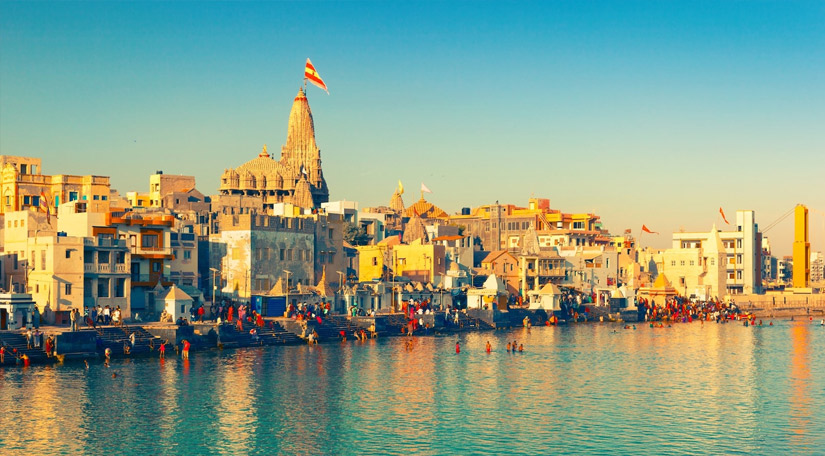
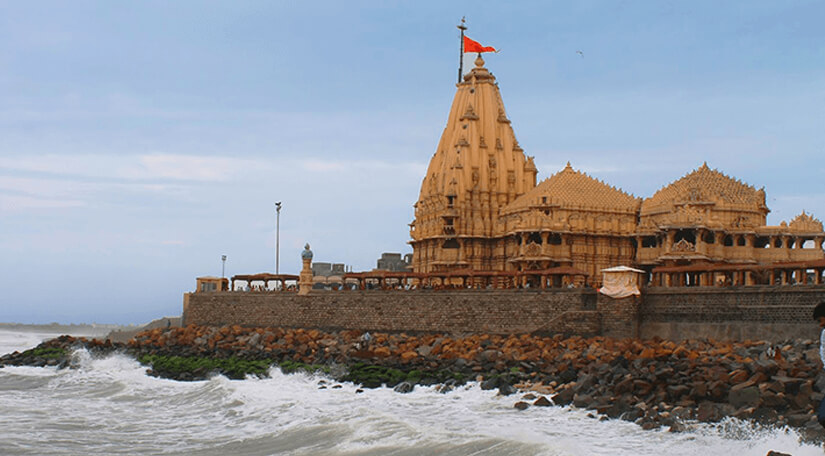
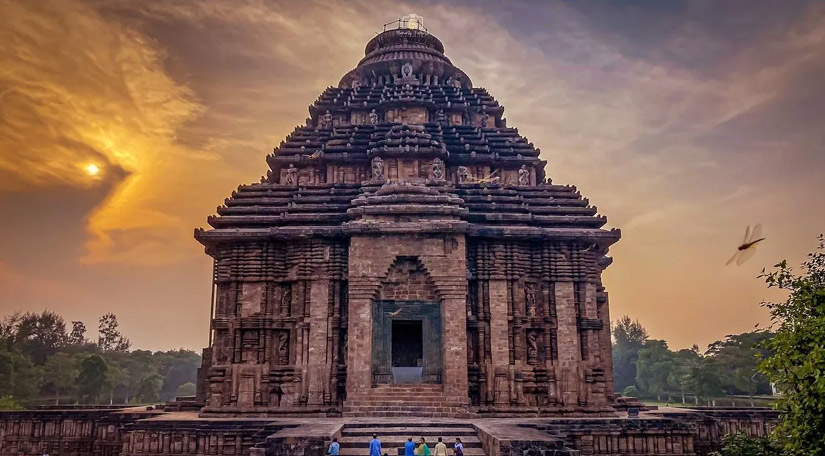
 Dubai
Dubai Malaysia
Malaysia USA
USA





